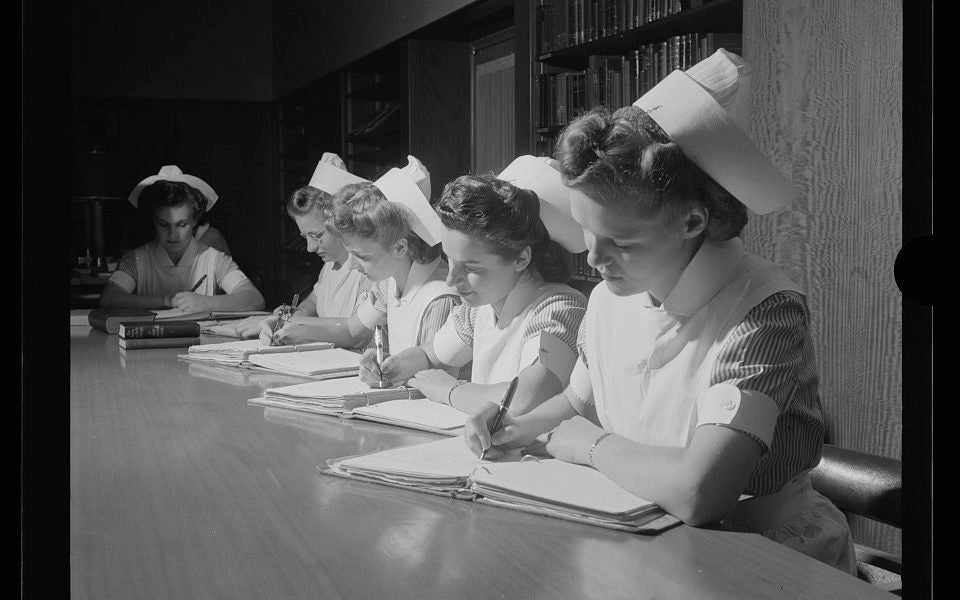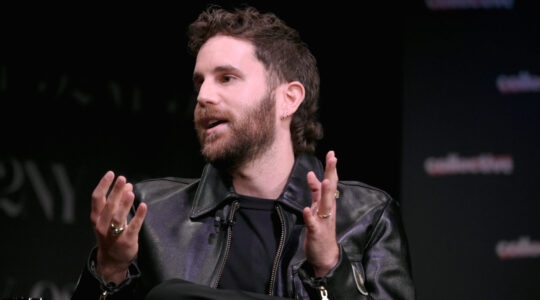
No one blinks an eye at an American studying French, or a Frenchman studying Spanish. Non-Jews studying Yiddish, on the other hand, have always attracted a lot of attention. Maybe it has something to do with the endeavor not exactly smacking of practicality. But for a group of nurses in 1930s Detroit, studying Yiddish was as practical as learning to change a bandage.
It all started when Helen Shaw, a non-Jewish Canadian dietician at the North End Clinic, realized that though most of the clinic’s patients spoke Yiddish, none of the nurses did. Soon, a class of 11 was formed. The women, mainly from Irish, Scottish, Italian, and Finnish extraction, learned from Yidish far Onfangers, a children’s textbook. Of course, the textbook didn’t include most of the words that the nurses needed—like “scabies”—so the class made up their own. (In case you’re wondering, for that one they came up with “di beyzende krankheyt,” “the threatening illness.”)
Some of those krankn-shvesters went on to medical school. Maybe others to heybamen – that is, midwifery. And maybe, just maybe, one of them was inspired to become a Yiddish teacher.
JTA has documented Jewish history in real-time for over a century. Keep our journalism strong by joining us in supporting independent, award-winning reporting.





